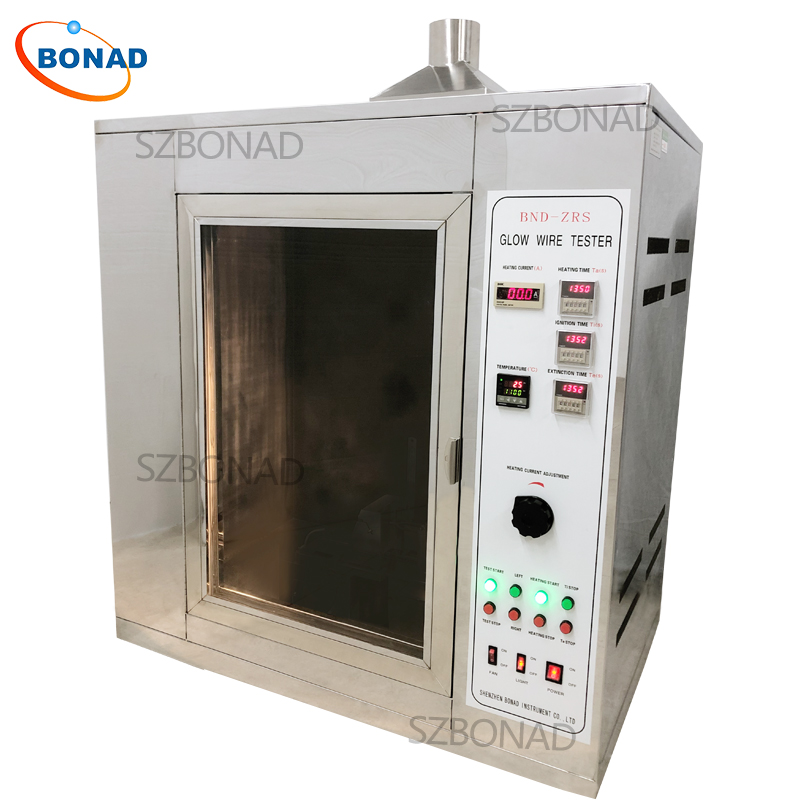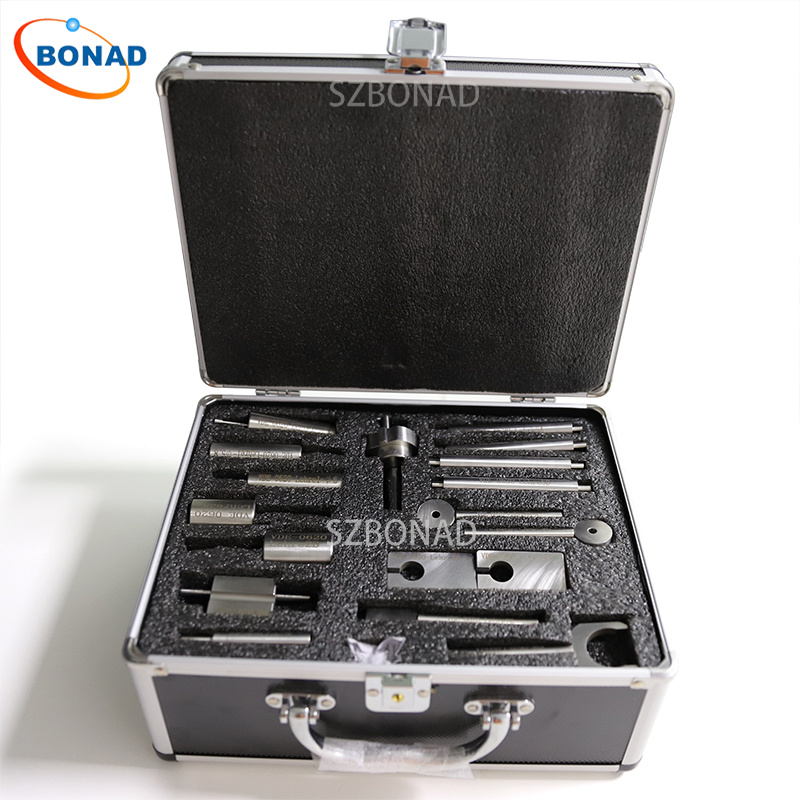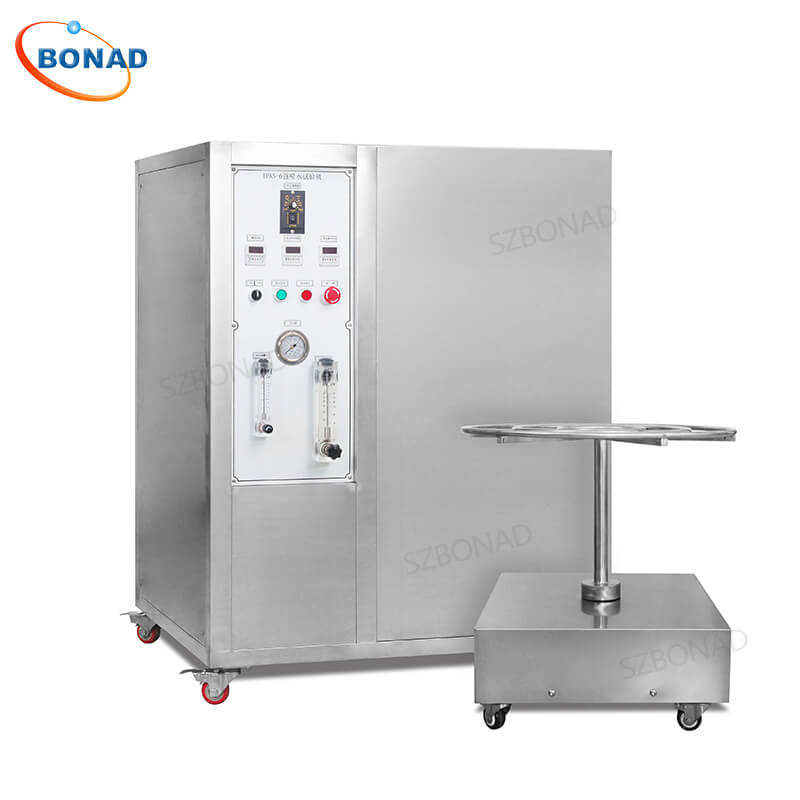What is the Application of a Glow Wire Tester?
The glow wire tester is a crucial tool for evaluating the flammability of plastic sheets or components. This testing method involves exposing the test sample to a high-temperature load for a specified period. The glow wire test is a thermal test method for plastics, falling under the IEC 60695 series of standards titled “Tests for the assessment of fire hazard.” This series includes standards IEC 60695-2-10, 2-11, 2-12, and 2-13.
What Standards Does the Glow Wire Tester Fully Meet?
- IEC 60695-2-10: Focuses on glow wire test equipment and general test methods. These requirements are also found in EN 60695-2-10, DIN EN 60695-2-10, and VDE 0471-2-10.
- IEC 60695-2-11: Concentrates on tests using the glow wire to evaluate end products’ flammability (GWEPT). The standards are mirrored in EN 60695-2-11, DIN EN 60695-2-11, and VDE 0471-2-11.
- IEC 60695-2-12: Involves testing with the glow wire to assess materials’ flammability (GWFI). These requirements are included in EN 60695-2-12, DIN EN 60695-2-12, and VDE 0471-2-12.
- IEC 60695-2-13: Focuses on tests with the glow wire to evaluate materials’ flammability (GWIT). These requirements are incorporated into EN 60695-2-13, DIN EN 60695-2-13, and VDE 0471-2-13.
How Does the Glow Wire Tester Work?
During a glow wire test, precise measurements are taken of ignition start and end times and flame height. The test sample may drip onto a designated layer beneath it without causing ignition. Tests following IEC 60695-2 standards are conducted on end products or individual plastic components.
Annex A of these standards provides detailed information on specific test requirements through a sequence diagram. Conducting glow wire tests on final products is preferred as it yields definitive results regarding the flammability of plastic parts formed during manufacturing.
In some cases, product standards may modify test temperature and duration requirements, necessitating multiple glow wire tests for certain end products. Tests according to IEC 60695 standards are conducted on plastic plates of varying thicknesses to allow material manufacturers to demonstrate their materials’ quality. These results simplify material selection for final processing in finished products.
Conclusion
The results from glow wire ignition temperature (GWIT) and glow wire flammability index (GWFI) tests often serve as comprehensive evidence. However, specific requirements vary depending on individual product standards. Some product standards accept GWIT and GWFI proof as alternatives to GWEPT tests. Ensuring that material plate thicknesses used in tests match those of the final product is crucial.
Testing insulating materials aims to safeguard individuals from potential harm and ensure safe operation of end products.



